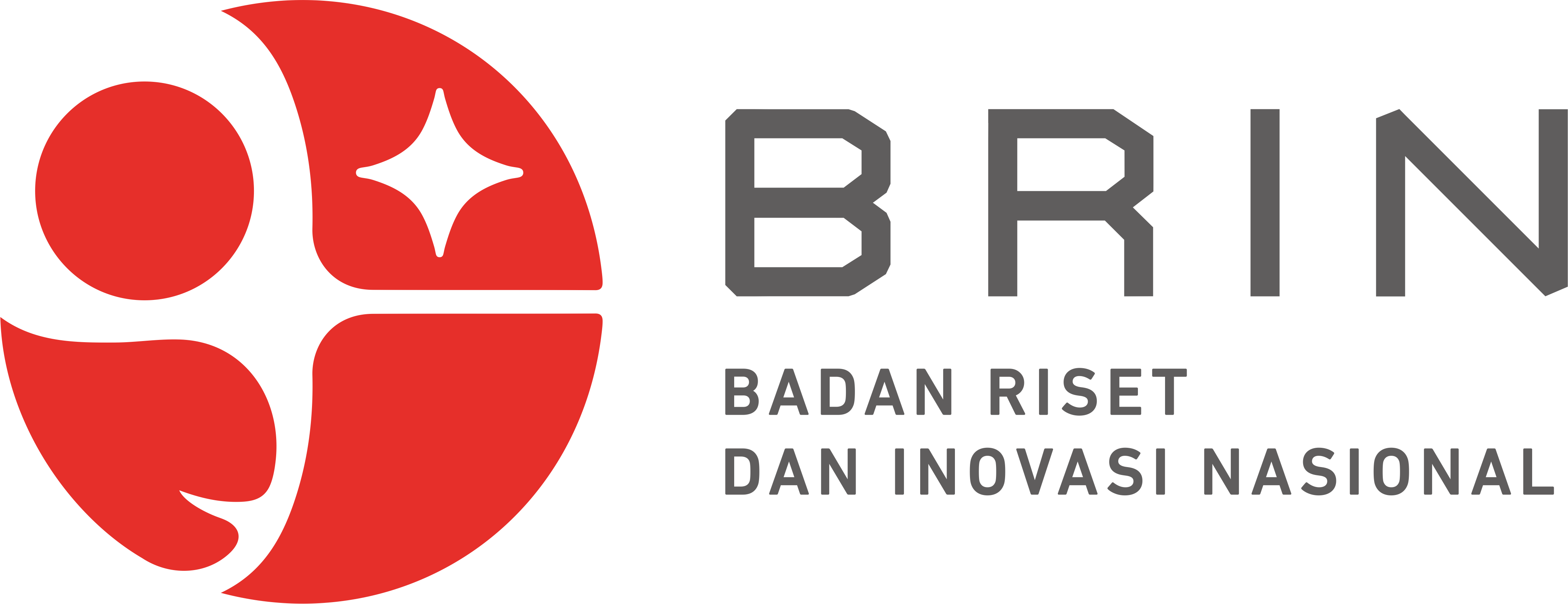PROFIL PEMBELAJARAN KELAS VIII PADA ERA PANDEMI COVID-19 DI SMP NASIONAL BANAU KOTA TERNATE
Sari
Kata Kunci
Teks Lengkap:
PDFReferensi
Ahmad, H., Ahmad, Z., & Sudiono, S. (2018). IT Capability Mapping on Biological Students in the Industrial Revolution Era 4.0. Proceedings of the 1st International Conference on Teaching and Learning, 269–273. https://doi.org/10.5220/0008900702690273
Ahmed, S., Shehata, M., & Hassanien, M. (2020). Emerging faculty needs for enhancing student engagement on a virtual platform. MedEdPublish, 9(75), 75.
Alzaghoul, A. F. (2012). The Implication of the Learning Theories on Implementing e-learning Courses. The Research Bulletin of Jordan ACM, 11(11), 27–30. http://ijj.acm.org/volumes/volume2/issue2/ijjvol2no5.pdf
Anggrawan, A. (2019). Analisis deskriptif hasil belajar pembelajaran tatap muka dan pembelajaran online menurut gaya belajar mahasiswa. MATRIK: Jurnal Manajemen, Teknik Informatika Dan Rekayasa Komputer, 18(2), 339–346.
Arkorful, V., & Abaidoo, N. (2015). The role of e-learning, advantages and disadvantages of its adoption in higher education. International Journal of Instructional Technology and Distance Learning, 12(1), 29–42.
Aulia, N. W., & Aina, M. (2016). Pengembangan Multimedia Interaktif Menggunakan Camtasia Studio 8 pada Pembelajaran Biologi Materi Kultur Jaringan untuk Siswa SMA Kelas XI MIA. Biodik, 2(1).
Bell, D., Nicoll, A., Fukuda, K., Horby, P., Monto, A., Hayden, F., Wylks, C., Sanders, L., & van Tam, J. (2006). Non-pharmaceutical interventions for pandemic influenza, national and community measures. Emerging Infectious Diseases, 12(1), 88–94. https://doi.org/10.3201/eid1201.051371
Bell, S., Douce, C., Caeiro, S., Teixeira, A., Mart’in-Aranda, R., & Otto, D. (2017). Sustainability and distance learning: a diverse European experience? Open Learning: The Journal of Open, Distance and e-Learning, 32(2), 95–102.
Caley, P., Philp, D. J., & McCracken, K. (2008). Quantifying social distancing arising from pandemic influenza. Journal of the Royal Society Interface, 5(23), 631–639.
Chan, N. N., Walker, C., & Gleaves, A. (2015). An exploration of students’ lived experiences of using smartphones in diverse learning contexts using a hermeneutic phenomenological approach. Computers & Education, 82, 96–106.
Fadillah, M. (2014). Implementasi Kurikulum 2013 Dalam Pembelajaran SD/Mi, SMP/MTs, & SMA/MA. Yogyakarta: Ar-Ruzz Media.
Fitriyani, Y., Fauzi, I., & Sari, M. Z. (2020). Motivasi belajar mahasiswa pada pembelajaran daring selama pandemik covid-19. Jurnal Kependidikan: Jurnal Hasil Penelitian Dan Kajian Kepustakaan Di Bidang Pendidikan, Pengajaran Dan Pembelajaran, 6(2), 165–175.
He, W., Xu, G., & Kruck, S. E. (2014). Online IS education for the 21st century. Journal of Information Systems Education, 25(2), 101–106.
Kay, R., & Lauricella, S. (2011). Exploring the benefits and challenges of using laptop computers in higher education classrooms: A formative analysis. Canadian Journal of Learning and Technology/La Revue Canadienne de l’apprentissage et de La Technologie, 37(1).
Moore, J. L., Dickson-Deane, C., & Galyen, K. (2011). e-Learning, online learning, and distance learning environments: Are they the same? The Internet and Higher Education, 14(2), 129–135.
Oknisih, N., & Suyoto, S. (2019). Penggunaan aplen (aplikasi online) sebagai upaya kemandirian belajar siswa. Seminar Nasional Pendidikan Dasar, 1.
Pangondian, R. A., Santosa, P. I., & Nugroho, E. (2019). Faktor-faktor yang mempengaruhi kesuksesan pembelajaran daring dalam revolusi industri 4.0. Seminar Nasional Teknologi Komputer & Sains (SAINTEKS), 1(1).
Rothan, H. A., & Byrareddy, S. N. (2020). The epidemiology and pathogenesis of coronavirus disease (COVID-19) outbreak. Journal of Autoimmunity, 109, 102433.
Sobron, A. N., & Bayu, R. (2019). Persepsi siswa dalam studi pengaruh daring learning terhadap minat belajar ipa. SCAFFOLDING: Jurnal Pendidikan Islam Dan Multikulturalisme, 1(2), 30–38.
Stein, R. A. (2020). COVID-19 and rationally layered social distancing. International Journal of Clinical Practice.
Sugiyono. (2012). Metode Penelitian Kuantitatif, Kualitatif Dan R&D. In Bandung: Alfabeta (p. 361). https://doi.org/10.1017/CBO9781107415324.004
Sun, L., Tang, Y., & Zuo, W. (2020). Coronavirus pushes education online. Nature Materials, 19(6), 687.
Zhang, D., Zhao, J. L., Zhou, L., & Nunamaker Jr, J. F. (2004). Can e-learning replace classroom learning? Communications of the ACM, 47(5), 75–79
DOI: https://doi.org/10.33387/bioedu.v5i1.4390
Refbacks
- Saat ini tidak ada refbacks.

This work is licensed under a Creative Commons Attribution-NonCommercial 4.0 International License.


 Â Dosen prodi pendidikan Biologi
 Dosen prodi pendidikan Biologi





4.png)





















